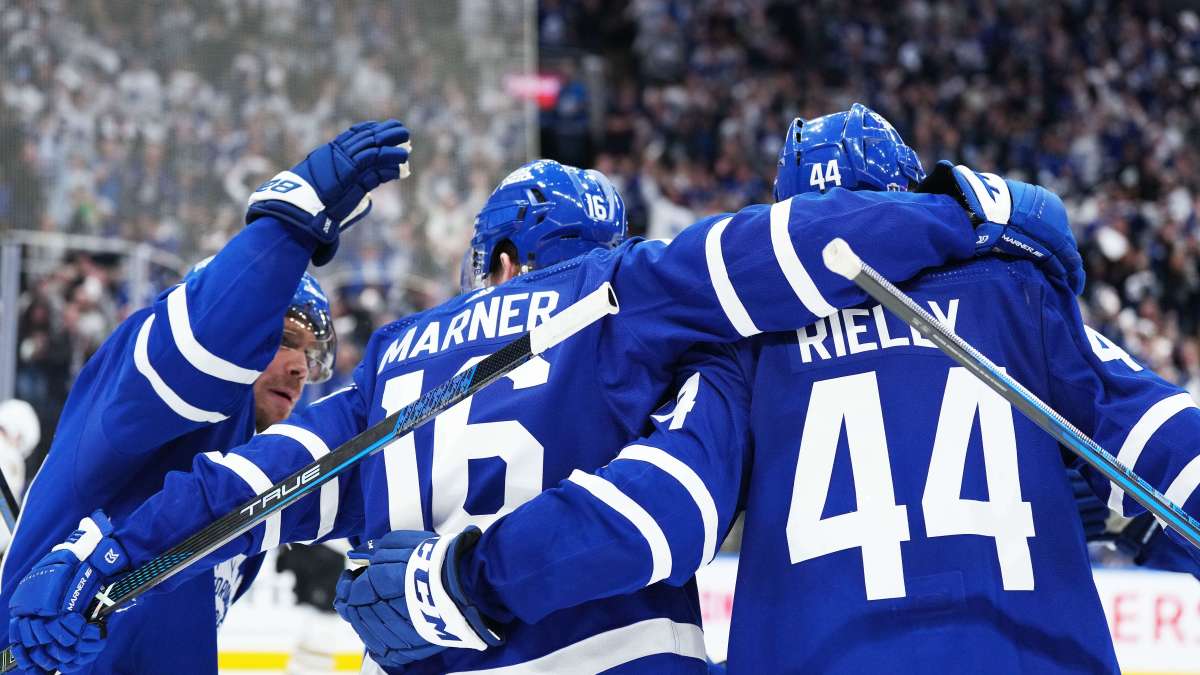The Toronto Maple Leafs’ power-play struggles have been a recurring issue in recent seasons, and with their high expectations.

The Toronto Maple Leafs’ power-play struggles have been a recurring issue in recent seasons, and with their high expectations, the pressure is mounting on both players and management to address it. While firing or trading individuals might seem like an easy solution, a closer examination suggests that the problem is more systemic and requires a broader approach.
**Coaching**: Head coach Sheldon Keefe, who oversees the power-play units, has faced scrutiny for his inability to unlock the full potential of the team’s star-studded roster. Keefe’s tactical approach, often relying on a static power-play setup, has not yielded results. If the Leafs fail to improve in this area, it would not be surprising if Keefe’s future with the team is questioned. A fresh perspective, either through a coaching change or an overhaul in power-play strategy, could help revitalize the unit.
**Player Performance**: While talent is abundant, key players such as Auston Matthews, Mitch Marner, and John Tavares have not been as effective on the power play as expected. A lack of movement and creativity on the ice has often led to predictable plays that are easily shut down by opposing penalty kills. It’s not a question of firing these players, but rather ensuring they are held accountable for their roles and are coached to execute with more urgency and precision.
**Trade Considerations**: If the Maple Leafs are to make a trade to address power-play woes, a high-end puck-moving defenseman could be the missing piece. Someone like a skilled quarterback on the blue line could help reset the power play and add more offensive flow. If GM Brad Treliving considers trading, players like Rasmus Sandin (who was traded to Washington) could be an example of the type of player the Leafs might move to improve in this area.
- Ultimately, rather than looking for a scapegoat, Toronto’s management needs to focus on a combination of strategic adjustments, player accountability, and possibly a change in leadership to solve the power-play struggles. If no improvement comes, tough decisions—whether involving coaches or players—will follow.



